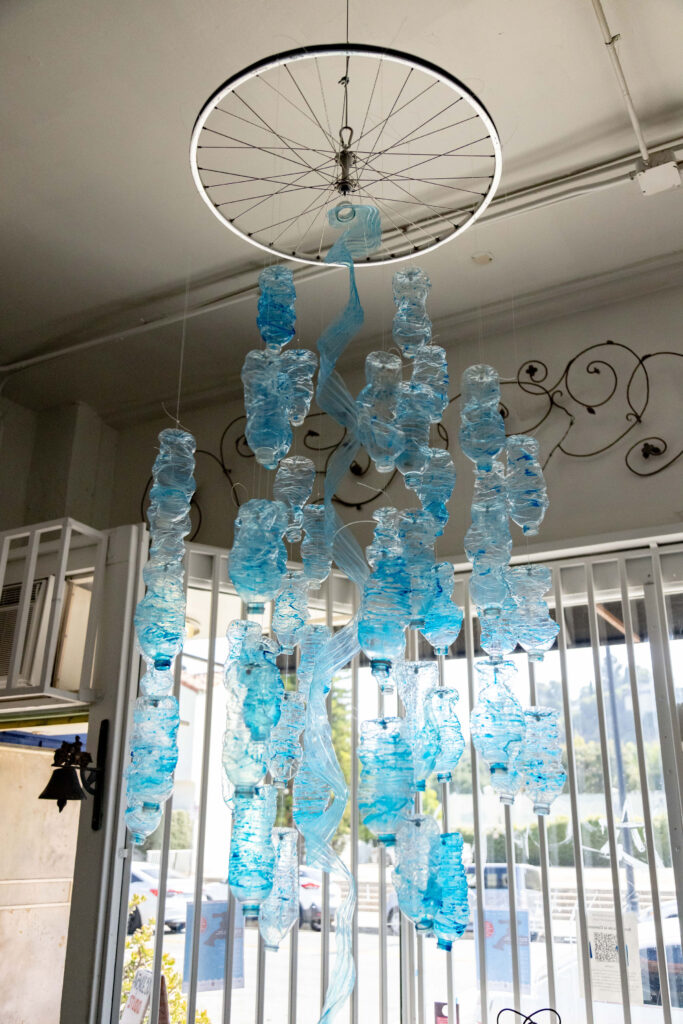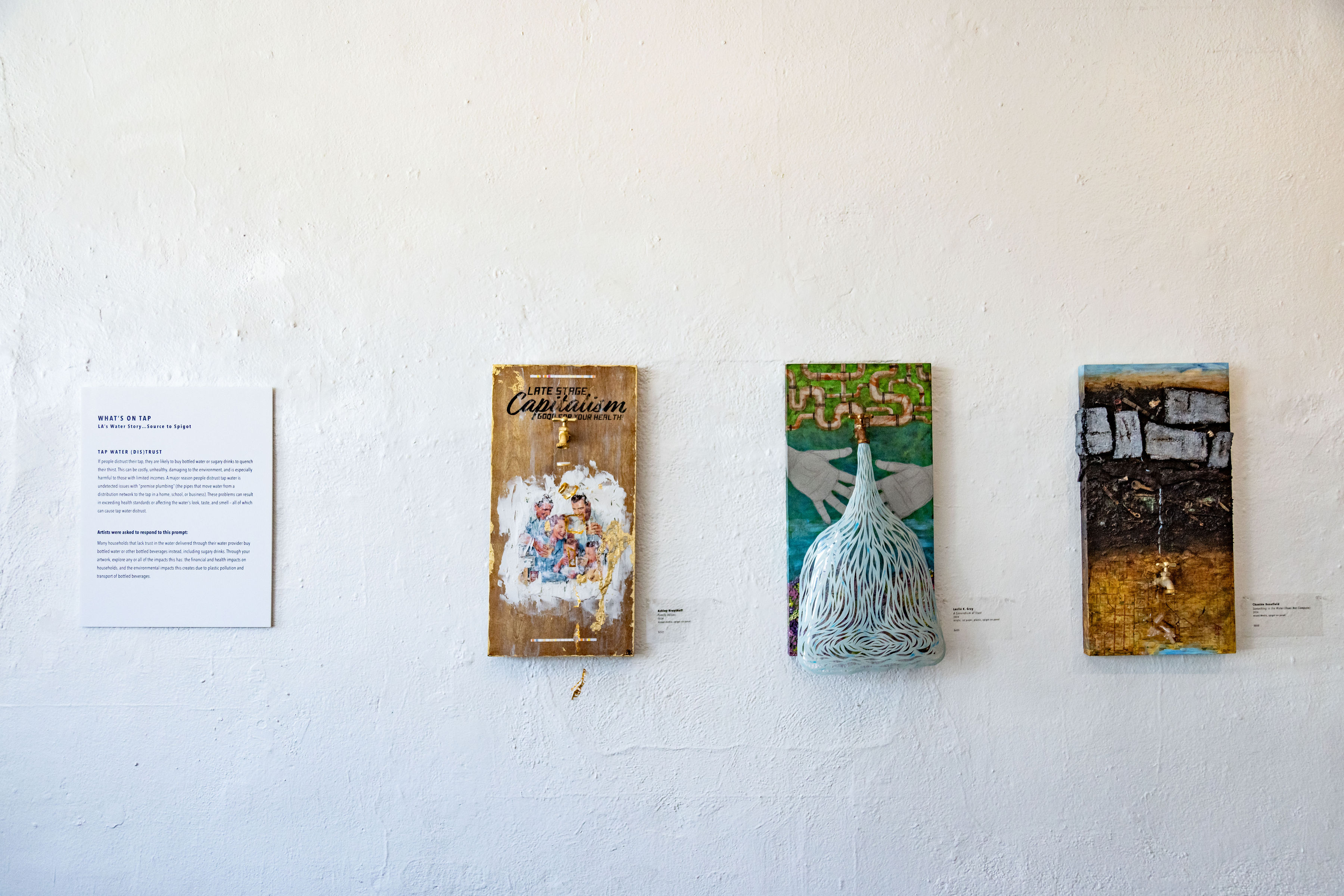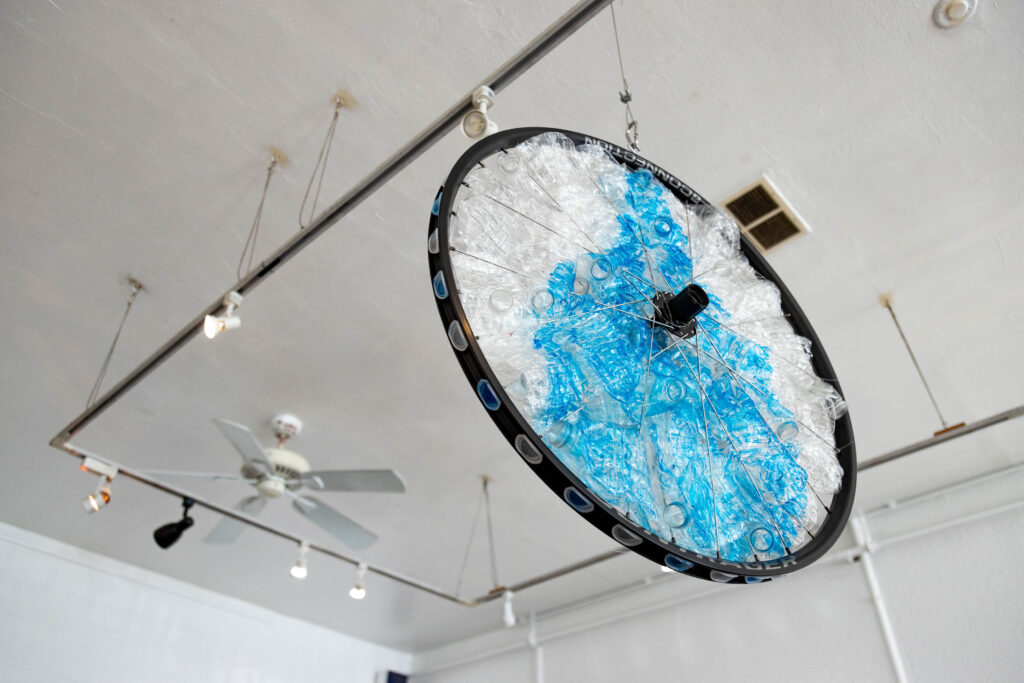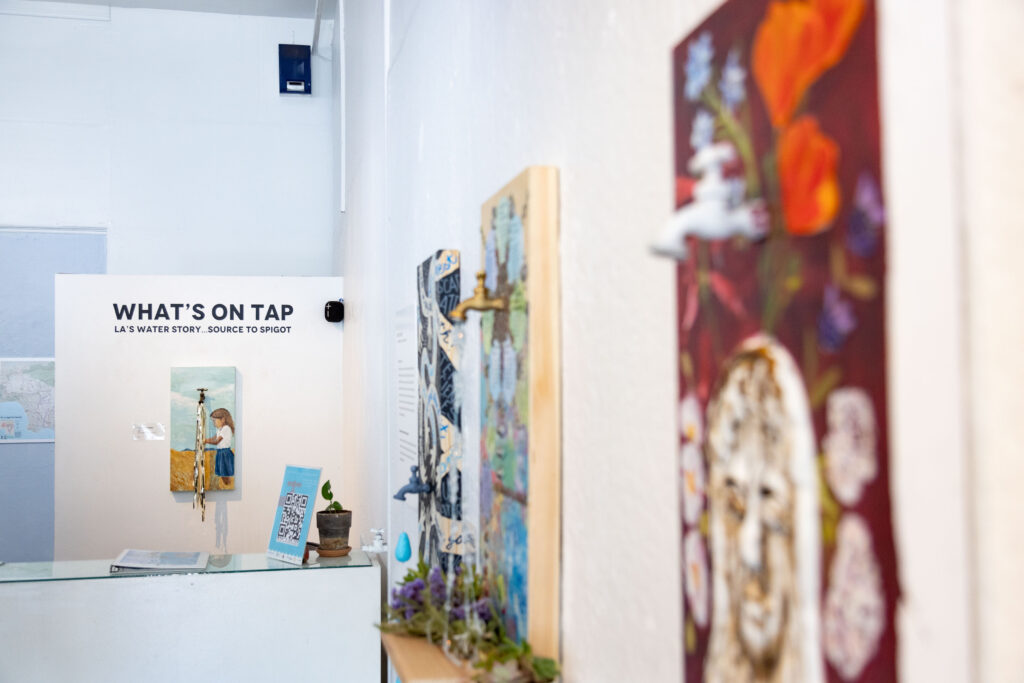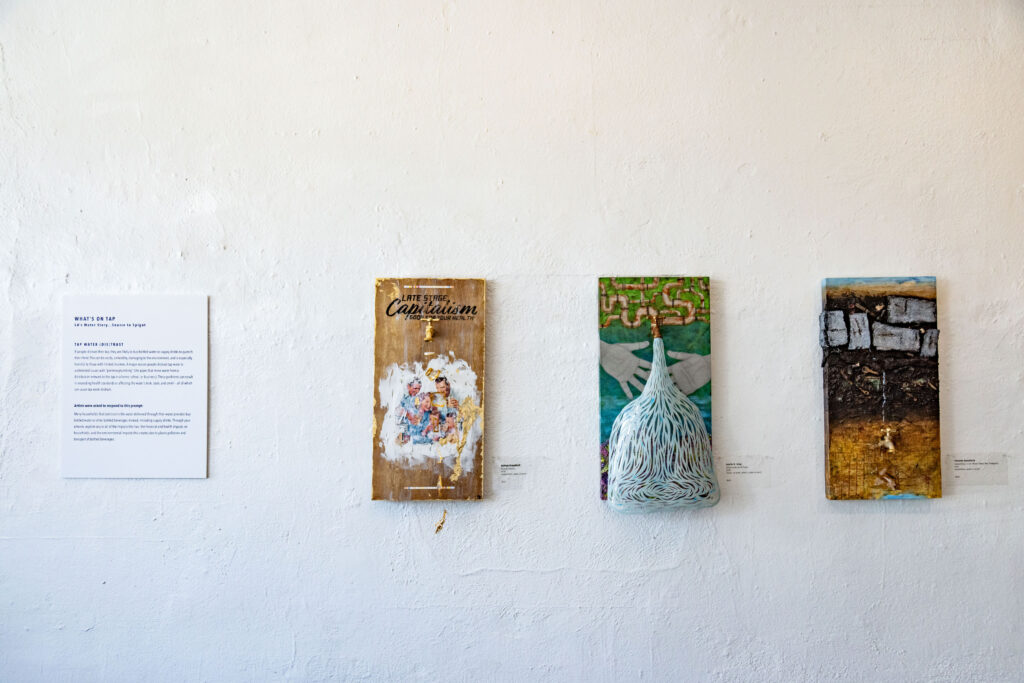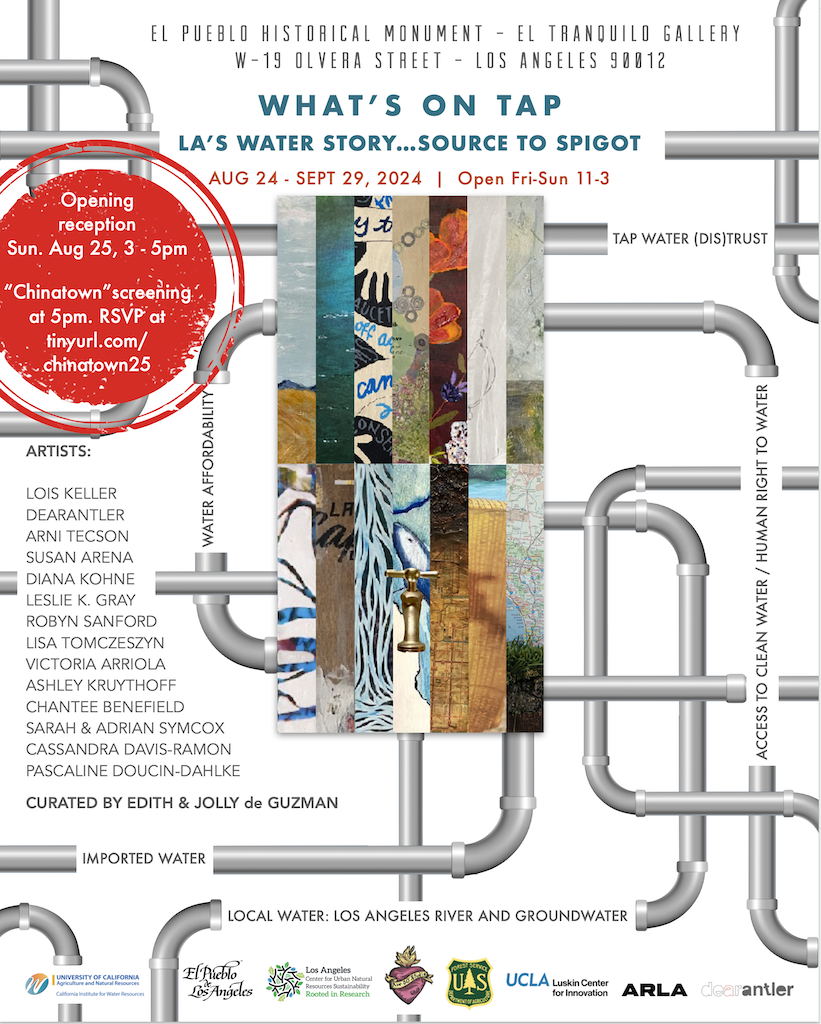LA’s Water Story….Source to Spigot
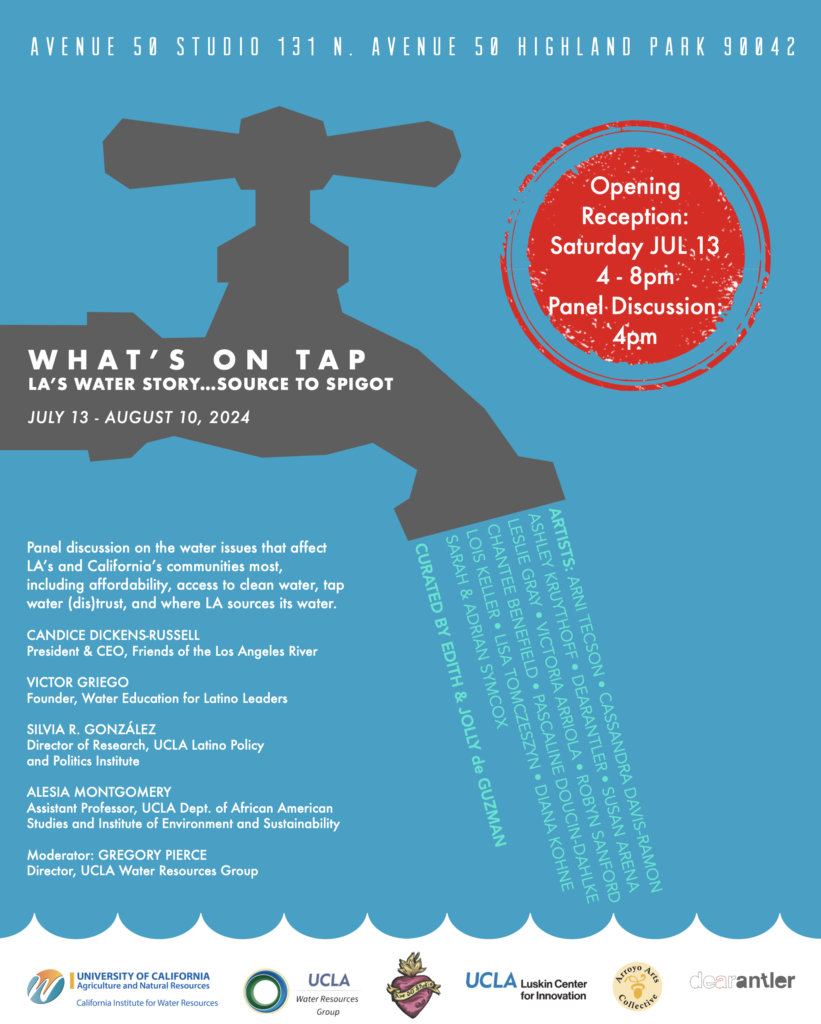
The Los Angeles River is the birthplace of the Los Angeles (LA) region and was once a thriving, unifying water source for the people and wildlife of LA. For thousands of years, the River provided sustenance to the Gabrieleño-Tongva, Fernandeño Tataviam, Gabrieleño Kizh, and Chumash. But over the past century, drastic changes have occurred that have changed LA’s relationship to water.
In 1913, the first imported water began to flow into LA from the Owens Valley 200 miles north. This enabled LA’s population to grow dramatically from about 200,000 people to nearly 4 million who today call the City of LA home (with an additional 6 million people living in other parts of LA County). In subsequent decades, more water import systems were built — bringing water from the Colorado River Basin and Northern California’s Bay Delta. Historic floods in 1938 led to the Los Angeles River being encased in concrete and fenced — further severing LA’s relationship to its local water and distancing Angelenos’ link to local hydrology as well as important parts of its history and culture.
As the population grew steadily, the relationship to water continued to become more complex. Today, many communities continue to face a variety of water challenges. What’s On Tap: LA’s Water Story…Source to Spigot explores the water issues that affect local communities most. Large, established water systems provide safe drinking water to most of the population, but areas served by small, community water systems lack the resources of larger utilities. A million people in California, including some in Los Angeles County, do not have access to clean drinking water through their tap. This is despite the fact that California is the only U.S. state to legally recognize a Human Right to Water, per Assembly Bill 685, which became law in 2012.
California recognizes that “every human being has the right to safe, clean, affordable, and
accessible water adequate for human consumption, cooking, and sanitary purposes.” But
reaching this goal continues to prove elusive.
Another challenge is that people do not always trust tap water, even if they are served by a
reputable water system and the water is safe to drink. If people distrust their tap, then they buy more bottled water or sugary drinks to quench their thirst. This can be costly, unhealthy,
damaging to the environment, and especially harmful to those with limited incomes. One big
reason people distrust tap water is undetected issues with “premise plumbing” (the pipes that move water from a distribution network to the tap in a home, school, or business). These problems can result in exceeding health standards or affecting the water’s look, taste, and smell – all of which can cause tap water distrust.
Affordability is also a major concern. While drinking water is a basic human need, California
households find it increasingly difficult to satisfy this need as the retail cost of water has risen substantially over the last decade and is expected to rise significantly over the coming years. For many low-income households, water rates are increasingly unaffordable.
Efforts to address these and other water challenges — led by community and nonprofit groups, local and state governments, and universities — have brought important advancements, such as state and federal funding supporting water affordability programs and lead pipe replacement.
As our region looks to make more progress toward securing a safe, affordable, sustainable
water supply, a changing climate is once again forcing us to change our relationship to water.
One way LA is responding to this latest challenge is with increased investments in stormwater capture and advanced wastewater recycling, which are creating the potential for transforming the region from a net water importer into a more climate-resilient and water-secure region sustained largely by local water. As LA’s water story continues to change, we invite you to engage with the issues and be part of how that story unfolds.
What’s On Tap: LA’s Water Story…Source to Spigot is curated by Edith & Jolly de Guzman.
This programming is presented in partnership with: Avenue 50 Studio, California Institute for
Water Resources, Arroyo Arts Collective, University of California Division of Agriculture and
Natural Resources, UCLA Luskin Center for Innovation, and UCLA Water Resources Group.
Panel Discussion
Opening Reception
Photos by Shanley Kellis



